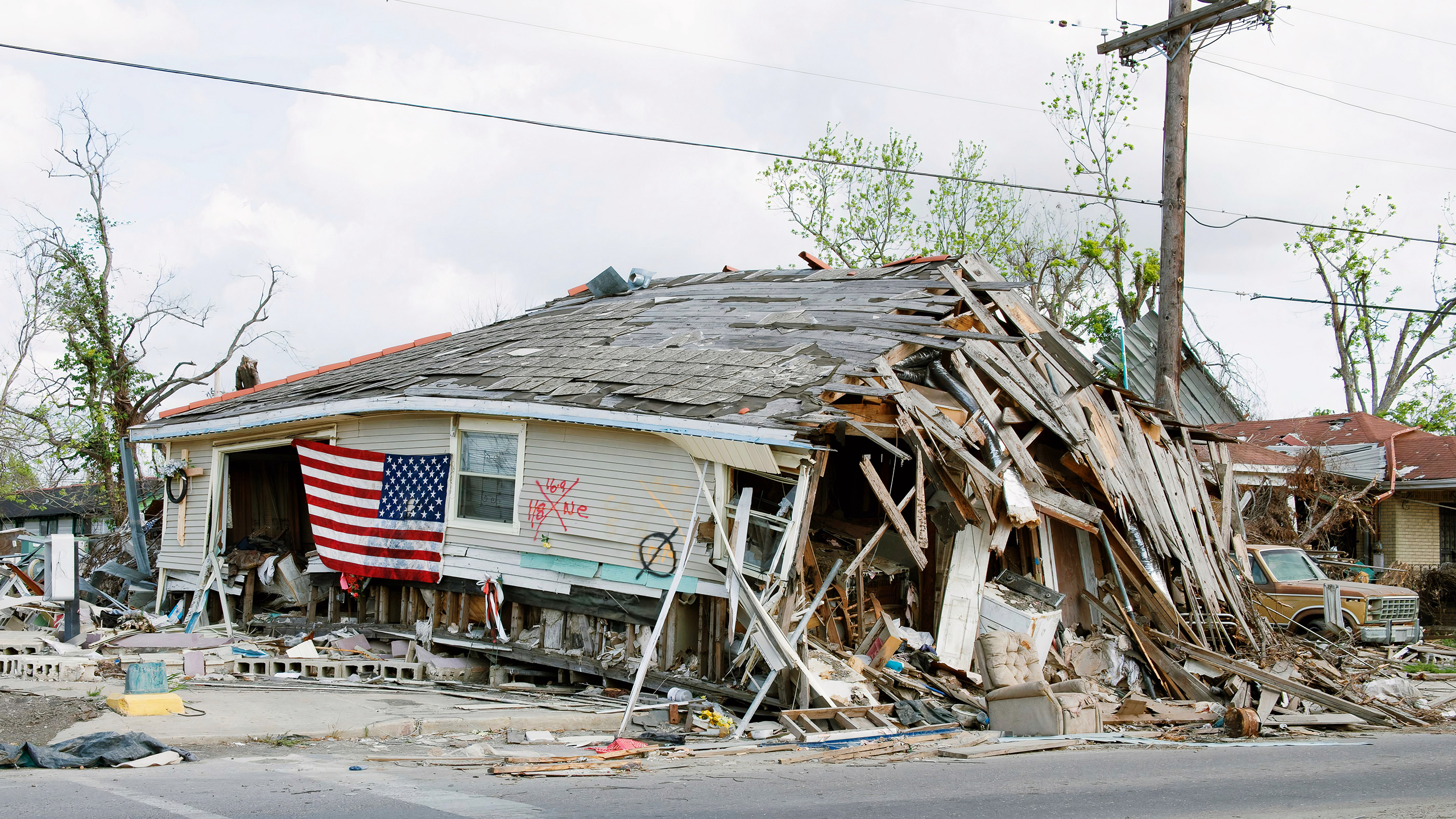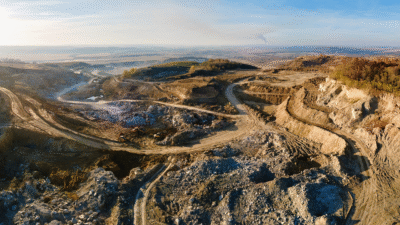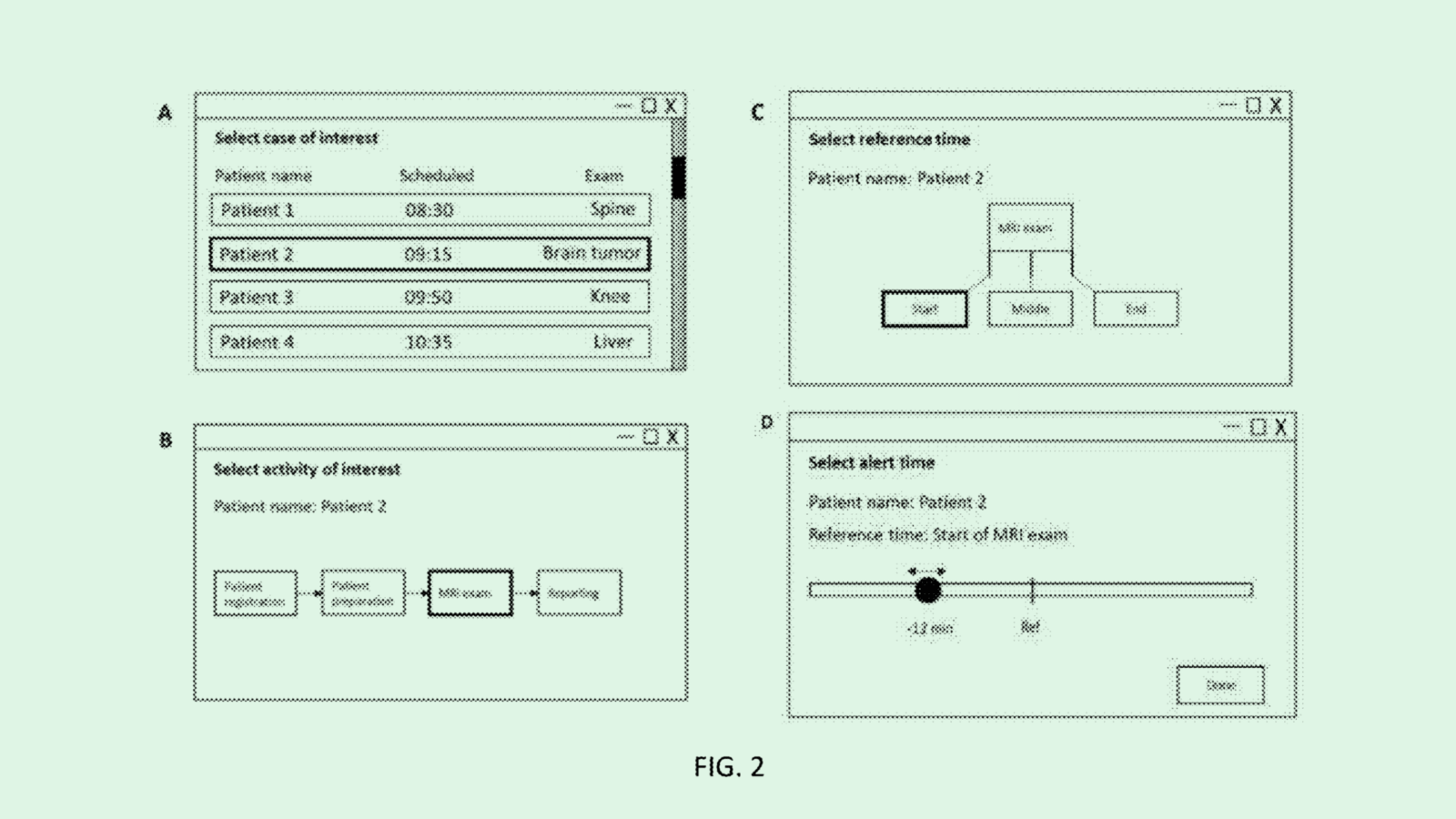Natural Disasters Cost the Insurance Industry $135 billion this year
So far this year, hurricanes, thunderstorms, and floods have cost the insurance industry a collective $135 billion in losses.

Sign up for smart news, insights, and analysis on the biggest financial stories of the day.
When it rains on insurers, it pours — just not in a good way.
A report from major reinsurer Swiss Re published Thursday said that so far this year, hurricanes, thunderstorms, and floods have cost the insurance industry a collective $135 billion in losses. This news comes as global insurance industry regulators finally signed off on rules ten years in the making that just stop short of raising capital requirements for big, international insurers.
Opening the Floodgates
The US in particular felt the sting of natural disaster-induced insurance claims this year, according to Swiss Re. The reinsurer reported that hurricanes Milton and Helene racked up just under $50 billion in losses between them, so 37% of global insurance losses for 2024. According to Swiss Re the increasing frequency and ferocity of natural disasters as fueled by climate change isn’t the only factor driving up costs. “Much of this increasing loss burden results from value concentration in urban areas, economic growth, and increasing rebuilding costs,” Balz Grollimund, the head of Swiss Re’s catastrophe and perils unit, said in a statement.
Swiss Re’s Chief Economist Jérôme Jean Haegeli added that the group predicts insured losses to increase 5% to 7% annually, so insurers will need deeper and deeper pockets. Funnily enough, exactly how insurers should calculate their capital requirements has just been decided:
- A group of international regulators this week signed off on a new set of rules aimed at bringing insurance companies under a single framework so it’s easier to compare how insurers are performing in different countries.
- Bringing the US under that regulatory umbrella has been a sticking point, as insurers are regulated differently depending on which state they’re in.
Disaster Premium: Don’t worry too much about insurance companies: They know how to bank a few bucks for a rainy day. New analysis of US mortgage payment data by The Guardian found that premiums on homes in counties most at risk from climate change-driven disasters have risen 22% in the three years up to 2023, as opposed to an overall rise of 13%. In some states insurers are fleeing altogether, leaving state-run insurers of last resort to patch up the coverage holes.











